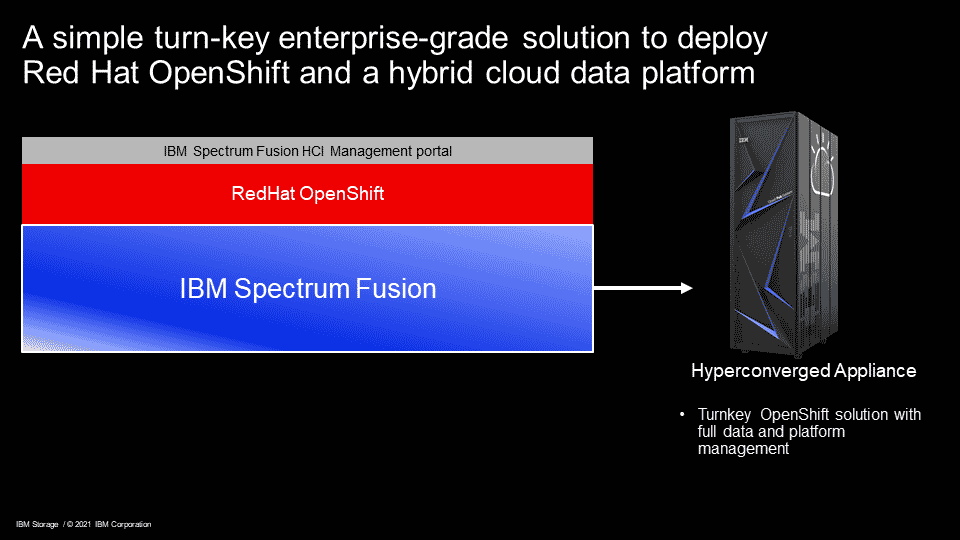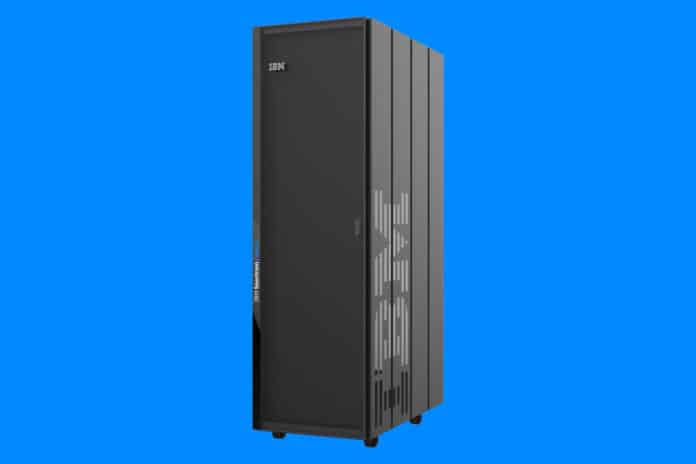Earlier this month, it was announced by IBM that they plan to launch a new SDS solution called the IBM Spectrum Fusion later this year. This can tell us a lot about the future of storage infrastructure.
According to IBM, the first version of the Spectrum Fusion will arrive in the form of a container native HCI (hyper converged infrastructure) system. This will also come pre-optimized for AI applications, and also extends the level of software abstraction available for network administrators.
IBM has been at the forefront of storage technology for a couple of decades now, and for this reason alone the announcement of a new flagship product is making waves in the industry. But is Spectrum Fusion – which is, after all, an incremental improvement on technologies that are many years old – a game changer?
Container-Native Storage
Though the full set of technical details and specifications have yet to be released, it’s apparent from the information that IBM have released that Spectrum Fusion has been designed to be cloud-native from the ground up.
IBM has stressed that this new system is specifically targeted at the vulnerable points that firms face as they increasingly move toward cloud-native storage and app solutions.
These include performance issues, but also a number of other difficulties that can stem from inconsistent mappings between storage hardware and the software-defined storage management systems used to interact with them.

Research indicates, for instance, that two thirds of all running web applications have high-security vulnerabilities. The most prevalent include SQL injections, arbitrary file uploads, and insufficient authorization measures. All of these ultimately stem from authorization issues caused when cloud-native storage systems attempt to interact with proprietary storage hardware.
IBM’s solution to this issue is a careful and expansive approach to integration. They have carefully designed the hardware in this new HCI to be highly transparent to cloud-native storage management systems — both IBM’s Spectrum software suite, but also Red Hat’s OpenShift container management software. Ultimately, the goal appears to be to deliver an integrated HCI appliance for both containers and virtual machines.
Also read: Top Hyper-Converged Infrastructure (HCI) Vendors 2021
AI-Driven Storage
The second major advance that Spectrum Fusion promises is increased integration with AI-driven storage solutions, and increased support for AIs running from the HCI. IBM has an impressive record when it comes to building innovative storage solutions, and were in fact one of the first companies to introduce all-flash storage. With Spectrum Fusion, they seem to have recognized the inevitable ubiquity of AIs in the future of network engineering.
Accordingly, Spectrum Fusion is designed to both work with AIs to deliver better storage performance, and also be able to provide data to external AIs in a much more efficient way than previous HCIs.
When it comes to providing these data to AIs, Spectrum Fusion partially relies on sheer horsepower. The basic configuration for the IBM Spectrum Fusion HCI consists of a half dozen 1Ux86 storage/compute nodes, as well as two ethernet management and 100GbE ethernet switches. All of this adds up to a powerful computer and storage system capable of running the most advanced AIs.
When it comes to AI-driven storage interfaces, Spectrum Fusion also makes some advances. The system will ship with a relatively large bundle of software updates. These include remote calling diagnostics and call-home and alert capabilities.
Also read: Three Macro Trends in Enterprise Data Storage
Hardware vs. Software
Whether these added capabilities will add up to a truly efficient and effective storage system remains to be seen. However, it is already possible to discern the approach that IBM have taken to the development of Spectrum Fusion, and therefore how they see storage infrastructure developing over the next decade.
This future is a container-native one. Just as organizations have spent much of the last decade moving their systems and networks over to cloud-native hardware, it’s likely that a similar process is now going to occur for container-native storage. Spectrum Fusion is well positioned to catalyze this shift, by offering a suite of software tools that make working in this way easier than ever before.
On the other hand, there is a danger for systems such as Spectrum Fusion. HCIs of this type are, after all, a fairly old technology, and it’s not completely clear that they will be able to stay current as AI tools become more commonplace. Already, we are seeing the development of hybrid cloud infrastructures that dispense with the need for large amounts of on-prem storage. And, despite all of the software and hardware innovation packed into Spectrum Fusion, ultimately it is still a representative of this earlier model.
The Bottom Line
Perhaps focusing on the hardware misses the point. IBM’s cloud storage offer has always been more about software, with hardware advances reflecting software needs rather than vice versa. It makes sense then that IBM plans to release a software-only version of Spectrum Fusion in early 2022. And since innovation in storage today is all software-driven, and software-driven solutions are what IBM delivers best, with Spectrum Fusion they appear to have prepared themselves well for the container-native, AI-driven future.
Read next: Trends in AI-Driven Storage



